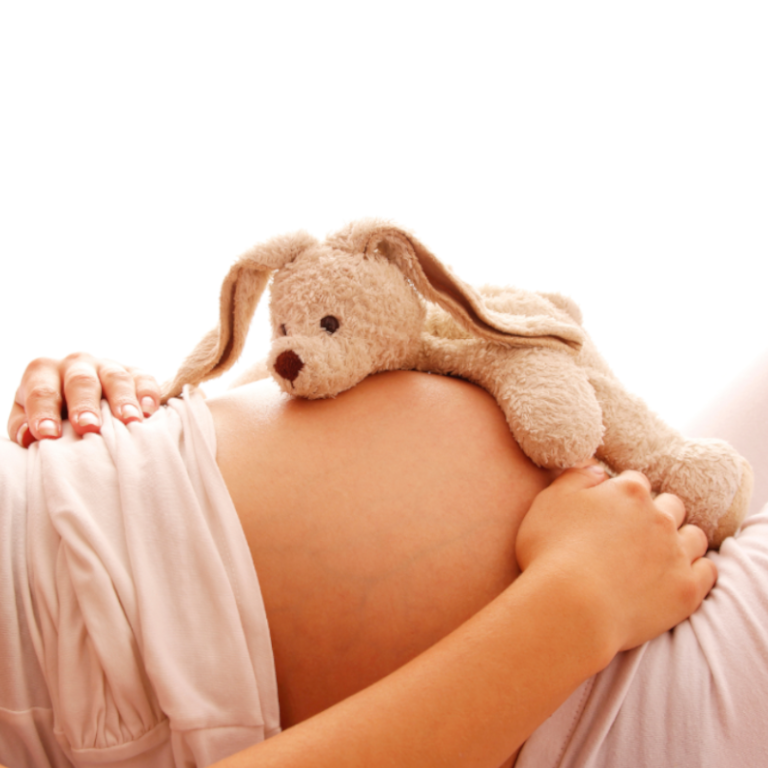The journey to pregnancy has three main trimesters. Each trimester has its own experiences, let’s take a look at these three trimesters.
First Trimester (week 1-13)
During this early stage of pregnancy, the person can be extremely tired and fatigued, as hormonal levels change significantly, and the uterus begins to support the growth of the placenta and fetus. This is also often a highly emotional time as the person adjusts to the idea of becoming a mother/parent in the midst of all these physiological changes.
They may experience tender swollen breasts, upset stomach and or morning sickness, cravings or aversions to certain foods and smells. Mood swings, constipation, more frequent trips to the toilet, headaches, heartburn and dizziness or feeling faint.
During the first trimester, unless a pregnant person already has a well-established yoga or exercise routine, it is advisable to encourage them to rest as much as possible and not to begin any new exercise or movement class.
The first trimester is also a more common time to experience pregnancy loss. Most pregnancy losses are due to factors the person cannot control and around 80 percent of miscarriages occur in this first trimester, therefore it is recommended that you do not accept any students in to your class before 14 weeks gestation.
Second Trimester (week 14-26)
This second stage of pregnancy is often called the “honeymoon period” and it is typically when a pregnant person begins to glow. Their nausea often subsides, emotions even out and they start to feel their baby’s first movements. Many people have increased energy levels and are less anxious, so it is a perfect time to start the Prenatal Mindfulness & Relaxation exercises.
During this time the belly and breasts will continue to grow, and they may experience increasing body aches in their lower back, abdomen, groin and pelvis. Numbness or tingling in the hands may also become an issue (carpal tunnel syndrome). If this is a factor, many postures spent on hands or wrists may not be comfortable, so modify with extra padding blankets and cushions, standing and sitting exercises.
Other common early symptoms may include dizziness, skin itchiness, insomnia and hot flushes and you may feel bloated. A gentle relaxing class with moderate movement and stretches, including plenty of time to rehydrate, relax and cool down will be very welcome.
Third Trimester (week 27-40)
For many people the pregnancy “honeymoon” is now over. Their baby’s growth is accelerating, and they may be experiencing a whole new batch of aches and pains, shortness of breath, heartburn and reduced bladder capacity – plan your classes close to the bathroom!
People can also experience swelling of the ankles, fingers and face. Familiarize yourself with the symptoms of preeclampsia which also can present with extra swelling. Tender breasts may start to leak colostrum and they are probably not getting much sleep.
Physical exercises within the third trimester focus on preparing the body for labor and delivery and encouraging the baby to move into optimal fetal position for birth. There are certain poses that we emphasize in this course which will help baby to descend into the pelvis head first and with their spine towards their parent’s belly (not back).
The heaviest part of the baby is their back and occiput (back of their skull), since babies are affected by gravity, doing poses on all 4s will continue to encourage their baby to swing forward, away from the parent’s back. It also takes pressure of the lower back, which is bearing the brunt of the weight. Poses like cat/cow, dancing cat/cow, hip circles, and child’s pose will all be very beneficial.
An interesting fact – 80 percent of babies are born between 37 and 42 weeks and only 5 percent on their actual Estimated Due Date (EDD). Think of a due month rather than a due day. It is safe for people to attend your class right up until labour begins. In fact, it is very useful and has been shown to improve the whole birth experience by making it shorter and creating a more positive birth experience for the mother/parent and baby.

